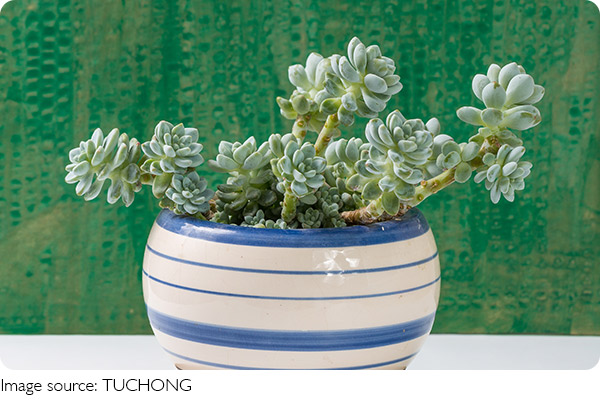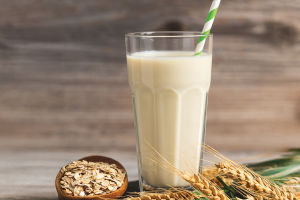How Plants Make More Plants

Hey Lykkers! When you think of reproduction, your mind might wander to animals. But plants? They’ve got their own clever ways of continuing life, and they’re far from boring. In fact, plants are nature’s quiet geniuses when it comes to reproduction. Some mix genetic material in flowers, while others grow perfect clones—no flowers, no fuss.
In this guide, we’re diving into both asexual reproduction in plants. You’ll see how plants blend creativity and practicality to grow more of themselves, whether they’re out in the wild or in your backyard planter.
Part 1: Reproduction in Plants
Let’s start with the more familiar route—using flowers, pollen, and seeds to make a brand-new plant.
The Role of Flowers and Pollination
You’ve probably admired colorful petals on a spring walk. But those flowers do more than look pretty—they’re the reproductive hubs of many plants. Inside a flower, male parts (stamens) produce pollen, while female parts (pistils) receive it. When pollen travels—thanks to wind, insects, or even birds—fertilization can happen.
You might picture a bee buzzing from one bloom to another. As it collects nectar, it brushes against the pollen and unknowingly carries it to the next flower. That pollen meets an ovule, and voilà—a seed begins to form. It’s nature’s matchmaking, guided by wind or wings.
Seeds, Fruits, and New Life
Once fertilization is complete, the plant wraps its new seed in a protective coat. Sometimes, it even gives it a snack—hello, fruit! That’s why so many seeds hide inside juicy treats like berries or apples. This package helps protect the seed and encourages animals (or you!) to spread it far and wide.
You might plant sunflower seeds in your garden or watch tomatoes grow from last season’s fallen fruits. That’s all thanks to the power of reproduction—a wonderful mix of genes that allows each new plant to be slightly different from its parents.

Part 2: Asexual Reproduction in Plants
Now let’s flip the script. Not all plants need pollen or partners—they can make perfect copies of themselves.
Cloning Through Vegetative Parts
Ever noticed a potato growing little sprouts or a strawberry plant sending out runners? These are signs of asexual reproduction. Here, the plant doesn’t mix genes—it simply uses parts of itself (like stems, roots, or leaves) to create a new, identical plant.
You might even try this at home. Snip a healthy stem from a mint plant, place it in water, and soon you’ll see roots appear. That’s cloning in action—easy, efficient, and perfect for gardeners. Plants like garlic, tulips, and bamboo use this method all the time to expand quickly.
Why Plants Choose One Way Over Another
So why go the route if you can just copy yourself? Well, reproduction brings diversity. It helps plants adapt to changing environments and resist threats. But asexual reproduction is fast, steady, and doesn’t rely on pollinators or weather. Each has its benefits depending on the plant’s lifestyle and surroundings.
You can think of it like choosing between variety and reliability. Some plants do both! Strawberries, for example, can clone through runners and also produce seeds. That’s multitasking at its finest.
Lykkers, the plant world doesn’t take just one path—it grows with options. Reproduction blends genes to create unique offspring, while asexual reproduction makes strong, identical copies. Both are smart, effective, and wonderfully suited to the plant’s needs.
Next time you pass a blooming flower or watch a succulent sprout tiny new versions of itself, take a moment to appreciate the quiet genius behind the green. Plants are always multiplying—and they do it in ways that are as clever as they are beautiful.
-
 Stitching Up a Style StormCan yarn be fierce? Dive into the Craftcore craze and learn how crochet and patchwork are stealing the fashion spotlight.
Stitching Up a Style StormCan yarn be fierce? Dive into the Craftcore craze and learn how crochet and patchwork are stealing the fashion spotlight. -
 A Healthier ChoiceExploring the Popularity of Plant-Based Beverages Like Oat Milk and Almond Milk, and Their Health Benefits
A Healthier ChoiceExploring the Popularity of Plant-Based Beverages Like Oat Milk and Almond Milk, and Their Health Benefits -
 Smelly Washer FixWhy Does Your Washing Machine Keep Smelling Worse? Here’s the Surprising Reason!
Smelly Washer FixWhy Does Your Washing Machine Keep Smelling Worse? Here’s the Surprising Reason!